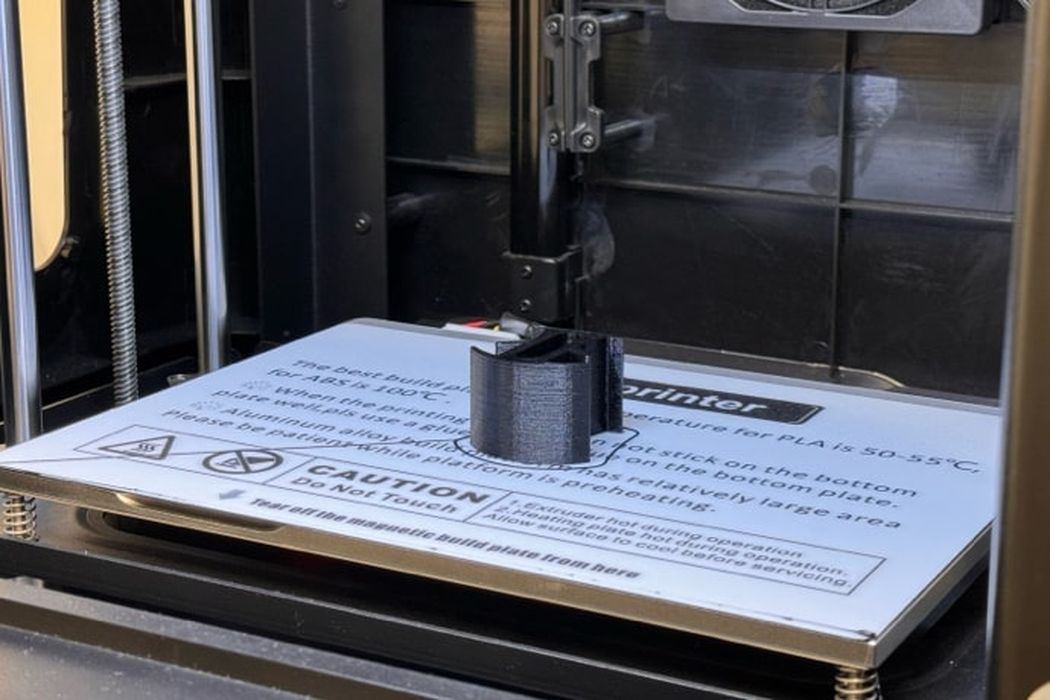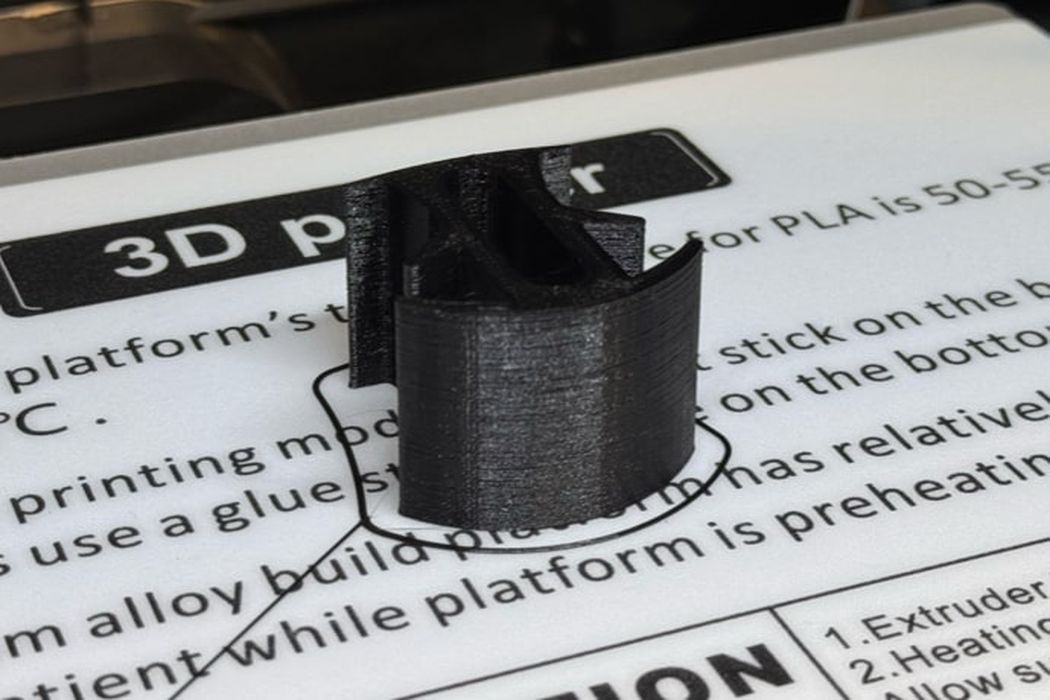
The development of rubber extrusions for sealing applications can be an expensive and time-consuming process.
Manufacturing a specialized extrusion die typically costs around US$500, depending on the size and complexity of the profile. It can also take between four to six weeks to develop. This process can make it challenging for companies and designers to quickly iterate on their designs and refine the final sealing solution for their application. However, the creation of flexible thermoplastic polyurethane (TPU) filaments for 3D printing offers a promising alternative.
Flexible TPU filaments are versatile materials that closely mimic the physical properties of rubber. In simple terms, they are a blend of rubber and PVC that offers improved elasticity, durability and resistance to abrasion.
Unlike harder 3D printing filaments, like ABS or PLA, flexible filaments have some flexibility that makes them well-suited for rapid prototyping short lengths of rubber products, such as seals and gaskets. These filaments are readily available in varying hardness, from 80 to 95 Shore A, to simulate different types of rubber materials.
The initial steps to rapid prototype a sample rubber extrusion can be achieved in much the same way as traditional manufacturing with the development of a profile design using CAD software. It is possible to model various profiles to refine the required size, shape and sealing characteristics. The finished CAD model can then be sent to a 3D printer for printing.

By using a flexible filament for rapid prototyping, the turnaround time is significantly reduced compared to traditional extrusion tooling. Rather than waiting weeks for a custom die to be manufactured, it is possible to design, develop and print a fully functional rubber profile in just a few hours. This makes it possible to prototype, test and refine multiple design iterations in a matter of days as any modifications to the design can be quickly implemented in-house.
This fast-paced prototyping approach allows those looking for rubber sealing solutions to streamline the product development process. The ability to produce multiple versions of a sealing solution quickly helps ensure design flaws or performance issues are identified early in the development cycle. The iterative nature of 3D printing in this way provides the flexibility to optimize designs before committing to the final rubber extrusion tooling.
Another significant advantage of using flexible filaments for prototyping rubber extrusions is cost-effectiveness. Producing a prototype using a 3D printer involves only a small amount of filament and the upfront costs of a budget 3D printer is generally much lower than those associated with traditional rubber extrusion dies.
This approach is especially advantageous when designing seals for unique or custom applications where precision and performance are an important factor. It allows designers to fine-tune the dimensions and performance characteristics of a sealing solution to ensure that the final product will meet the requirements of the intended application.
By using 3D printed prototypes, the development process becomes more flexible and responsive to design changes, which can be particularly useful in industries like automotive, aerospace and construction, where rubber sealing solutions often need to be highly specialized.
